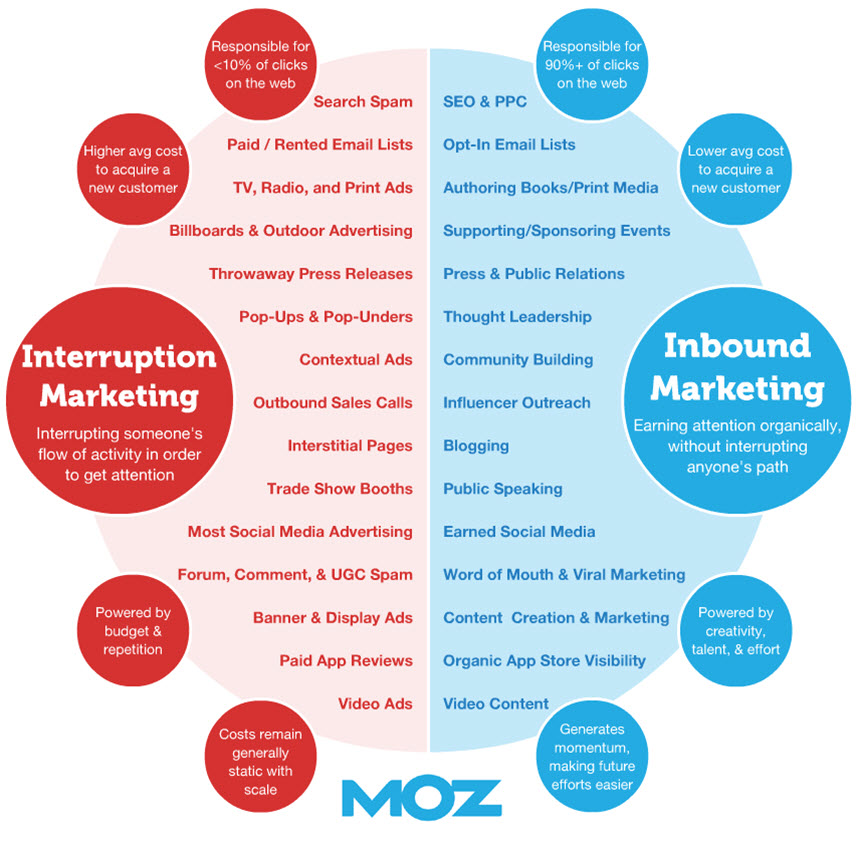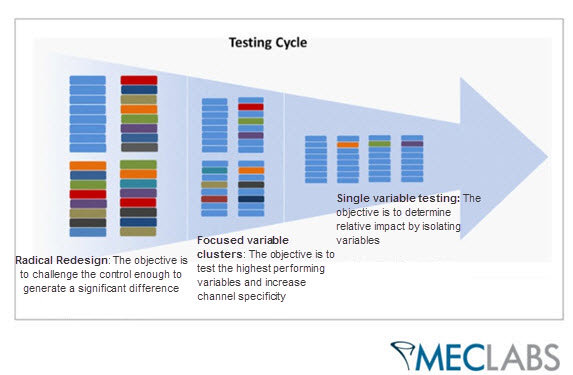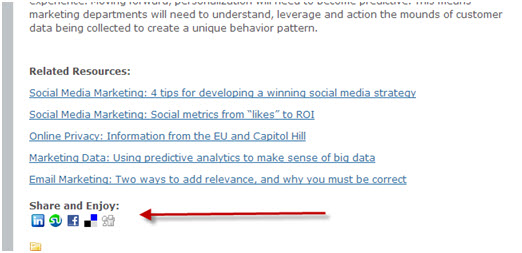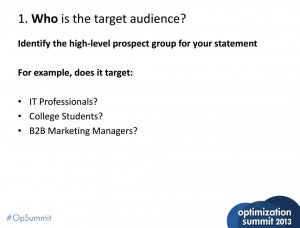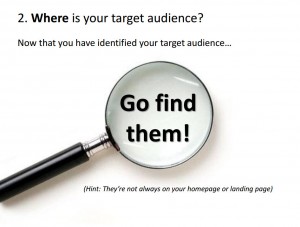Marketing Concept: If you build it, they will come … if you sell, they will leave
My wife would prefer it if I avoided Vegas forever.
I like gambling a lot and I’ve got a history of big bets. It scares the heck out of her when I plop down $1,000 in chips on a hand of blackjack. And yet, I hardly ever lose money.
Let me explain …
I spend hours playing the safe, boring hands. I make logical decisions. I slowly build up a big stack of chips. Then, I double down on a big bet and have more fun and excitement in one hand than most people have the whole weekend.
But, the point to my strategy to remember is that I never make those big bets until I’ve “saved up” enough chips for it not to matter whether I lose or not.
And, good content marketing is a lot like blackjack. Here’s why.
What are you talking about this time?
I’d like for you to think of your clout with the readers on your content marketing platform as a stack of chips. Every day, you’re producing useful, engaging content. You’re packing utility and value into every post and picture and video. You’re painting the proverbial fence, and growing your stack of chips.
Why? Because you eventually want to promote a product and doing so will require you to cash in a huge stack of those chips.
If you build it, they will come. If you sell, they will leave.
When done well, content marketing is remarkably product agnostic when you really think about it. There is no selling involved because selling runs contrary to the primary purpose of content marketing, which is to become a trusted resource.
By building credibility with an audience as a trustworthy source, brands have been able to later leverage that trust, which can be viewed as a subconscious chip stack. They’ve accumulated with readers at a strategic time to say “We’ve never tried to push any of our products on you, but we’ve got something you really need to see.”
And, that one sales pitch will cost the whole stack of chips. You can’t market your products directly to readers, despite the term “content marketing.” At least not with any real frequency.
Otherwise, they’ll stop believing your voice and trusting your brand.
John Deere understood this when they launched The Furrow, arguably the first recorded attempt at content marketing, back in 1895. They didn’t send out a catalogue of farm equipment. In fact, they didn’t mention their products at all. Instead, they set out to make themselves useful to farmers by producing a guide to teach business principles and new farming technologies.
As it turns out, when a company becomes a trusted source of information in your industry, it makes sense to trust them to provide your equipment as well. But, John Deere never said that outright. Content marketing is more subtle than that. They simply produced valuable content and trusted farmers to make that connection on their own over time.
Or, for a more modern example, look at Red Bull.
If you visit RedBull.com, you’ll see extreme sports, surfing videos, skateboarding tricks, music reviews and a veritable who’s who of 20-something countercultural superstars.
In fact, Red Bull has become such a resource for this core demographic that their website is actually a destination for seekers of fresh, updated content on extreme lifestyles. What you won’t see are articles touting the benefits of Red Bull, the great taste or the wide margin by which the brand outsells its competition.
Red Bull is perfectly happy simply slapping its logo on the skateboards of some of the greatest tricksters on Earth and let kids make the connection on their own. There might be the odd banner ad for Red Bull products, but the content is carved out in a separate silo which is product agnostic.
Just for fun, I reviewed a bunch of top content marketing initiatives – everything from Red Bull to Procter & Gamble’s Petside and Being Girl initiatives. In all, I read more than 100 content marketing articles at random.
Do you know what most of them had in common?
More than 89% of the articles never mentioned a single product related to the company producing the content. They were virtually all product agnostic to the core. General Mills’ Tablespoon platform might offer great recipes which could conceivably contain its products. They might even show a picture of a product in the “ingredients” photo, but they stop short of shoving the General Mills brand down your throat. You’re left alone to eventually connect the dots on your own. If General Mills cares enough to give me all of these recipes, they probably care enough to make superior products as well.



